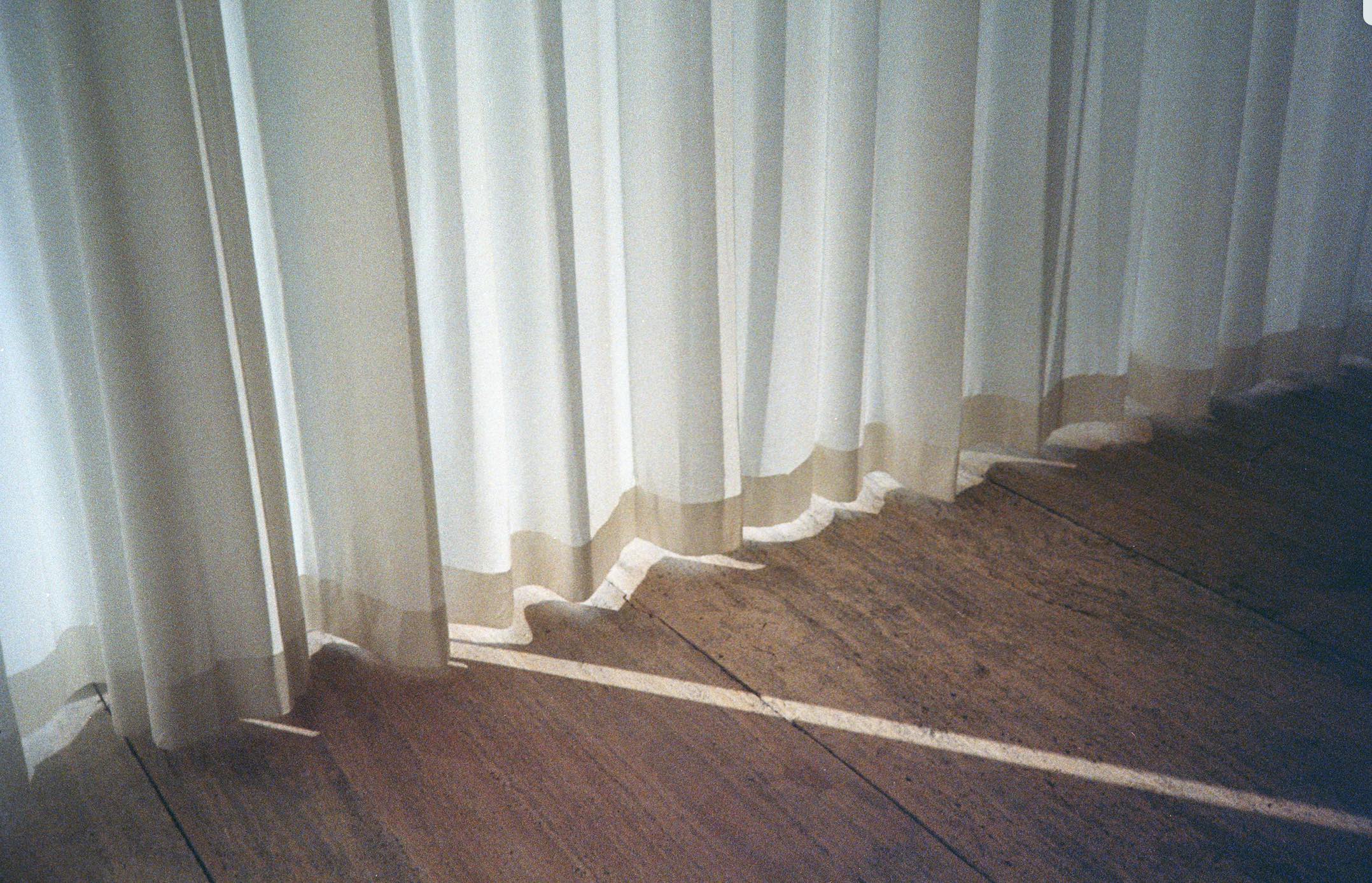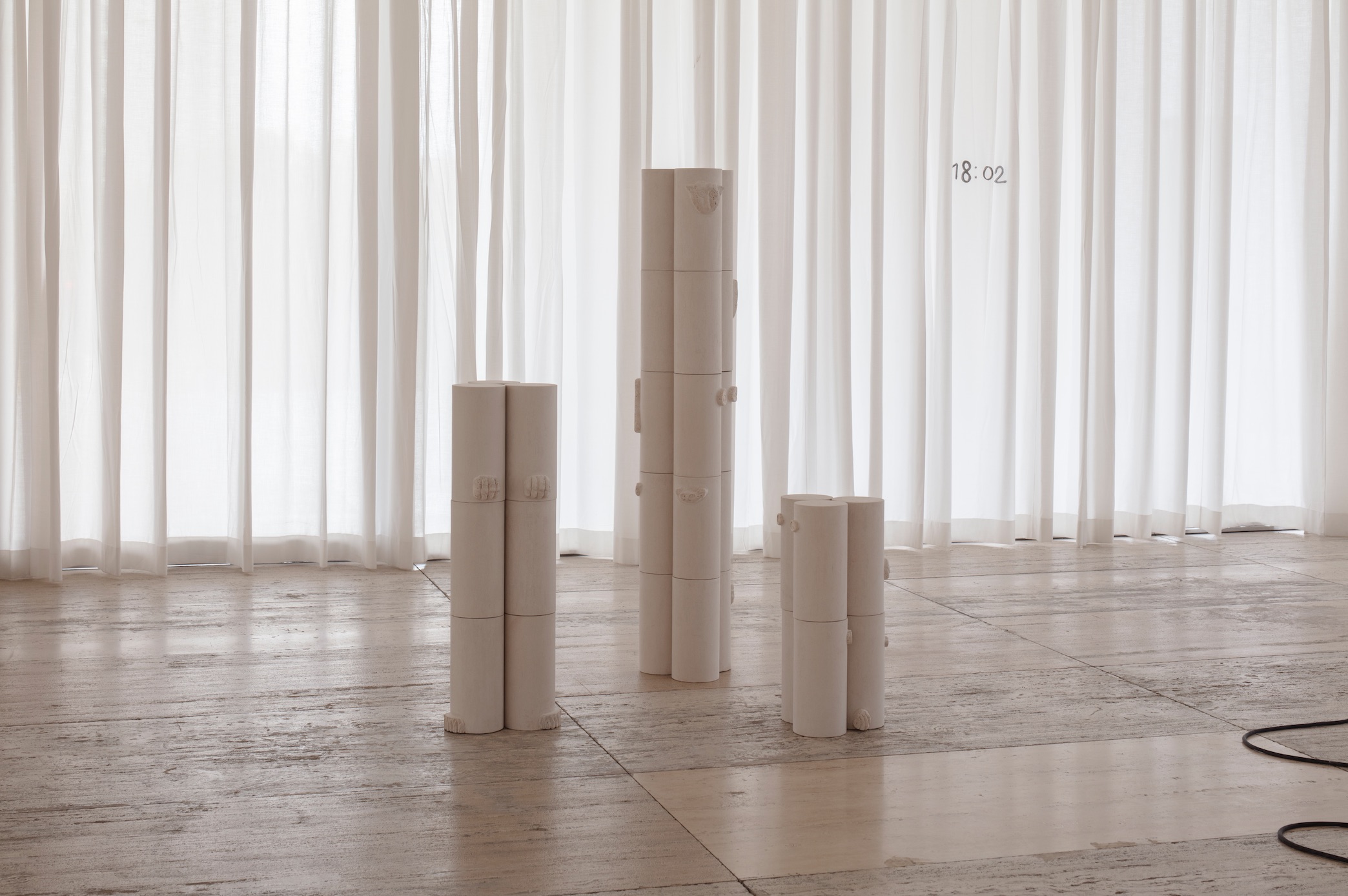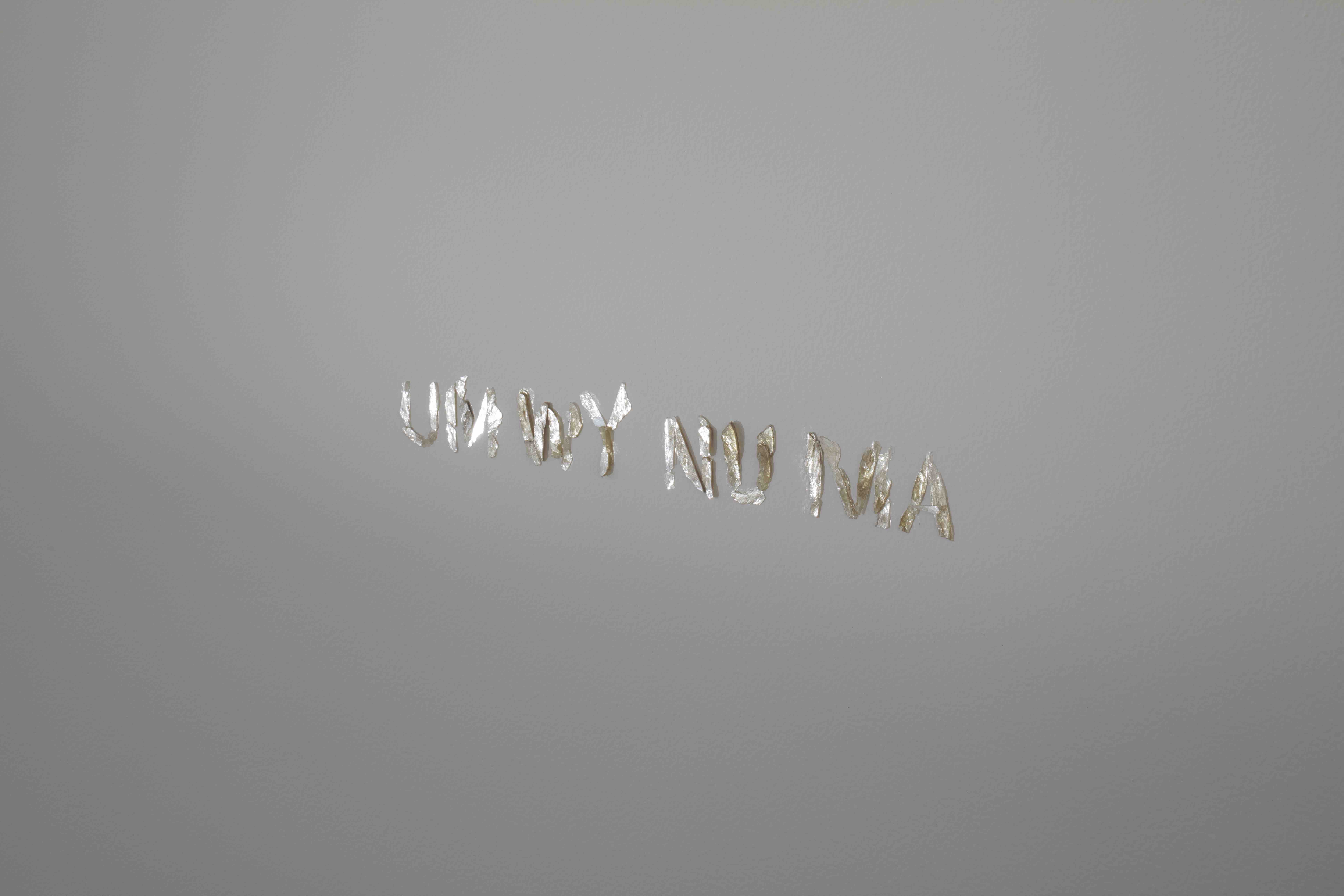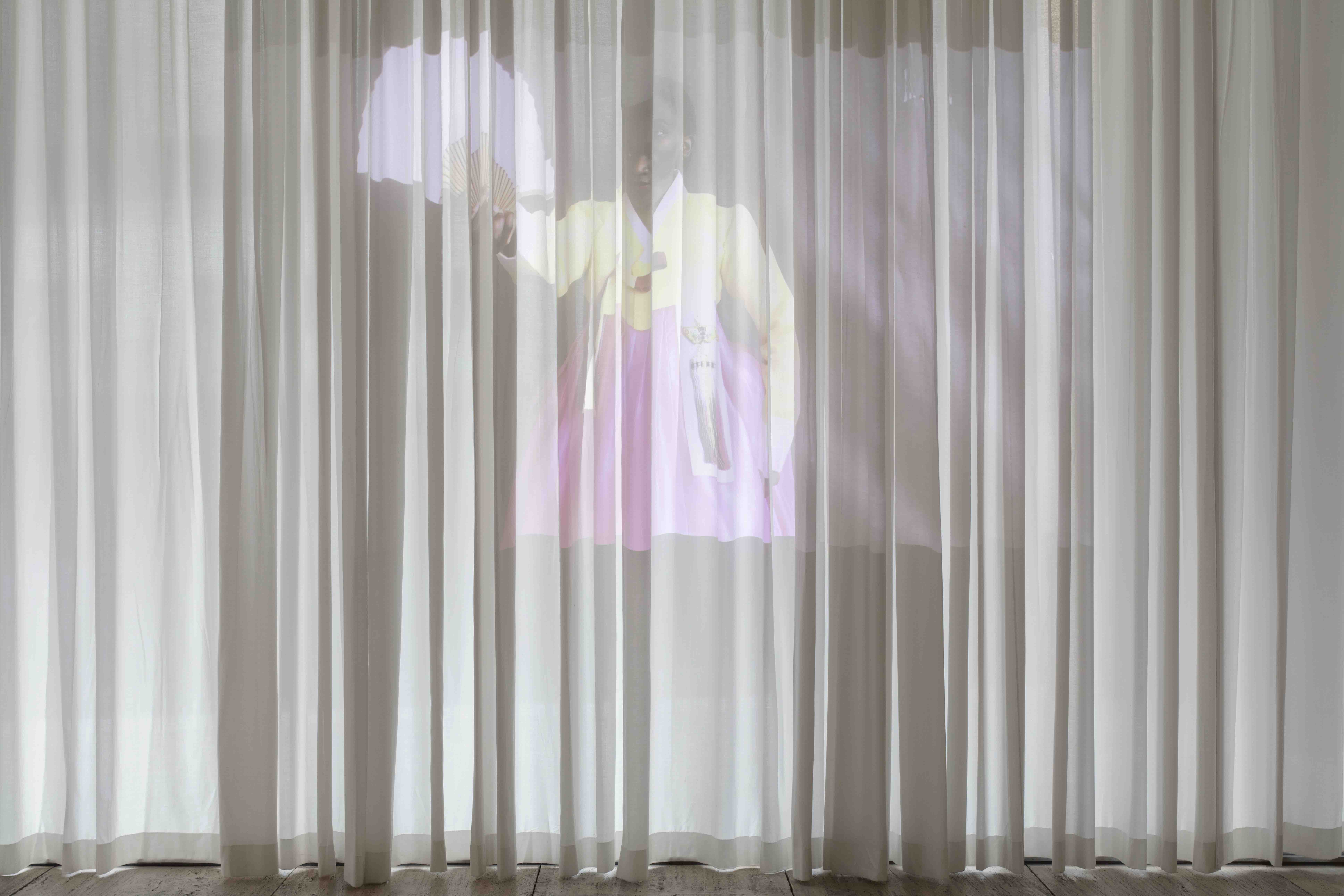
Interview
The Dance of Two Suns: Rometti Costales at Museo Jumex
by Antonia Alarcón
Interview with Victor Costales and Kit Hammonds
Reading time
6 min
The metaphysicians of Tlön do not seek the truth,
nor even verisimilitude: they seek astonishment.
— Jorge Luis Borges
Today we know that many of the stars upon which we have projected the origins of the inexplicable—that have functioned as guides for night walks or for stories preceding the identities of peoples—have already died, perhaps hundreds of years ago, and that what we see is the light that continues to travel in space and to traverse the universe until it reaches our eyes. Our understanding of our place in the cosmos is based on spheres of light that no longer exist but that we can still see. In contemplating the celestial dome, we understand that the real is nothing more than a consensus in which we decide that something is, dwells, and exists.
Faced with truth’s fragility, the artists Rometti Costales (Julia Rometti and Victor Costales) navigate the possibilities of the fictitious as a space for the creation of realities. Based in the meticulous observation and investigation of contexts, narratives, and political events, they generate constellations of concepts and images, both poetically and improbably, in order to propose new meanings: an unfolding of the political, social, geological, and even anthropological history of spaces. Carried out within the framework of the exhibition Normal Exceptions: Contemporary Art in Mexico (curated by Kit Hammonds), Aires Acondicionados is a curatorial collaboration between Juan Canela —ZSONA MACO’s Artistic Director— and Museo Jumex. In it, the artistic duo traces the daily life of the museum, relying on the most sensitive details: phenomena around lighting, the museum’s shift changes, and the processes of introspection of those working there.
VC: Our starting point was to take the building itself as the trigger for both the interventions and the pieces. We were interested in various aspects: from its materiality to its internal mechanics, its flows, the functioning of the museum’s organism, as well as certain natural phenomena that take place around it and that are conditioned by the architecture itself.

The events that go by unnoticed are the whisper making up the place’s web of micro-histories. Among the phenomena that caught Rometti Costales’s attention was the combination of lights that converge in the museum during the last months of winter, where the sunlight and its reflection in the mirrors of the neighboring building create two light sources in the gallery, during specific times of day. Since the exposure mainly takes place in May and the position of the sun changes, this will not happen naturally:
VC: The phenomenon no longer exists, but it once did. It exists in suspense, in its immediate past and in its future: it exists in cycles. This led to a work consisting of the recreation of this phenomenon but with devices that we constructed.
In this way, the fictitious and the created are tools used for reflecting on the construction of the real and of History. A ray of sunlight can be the micro-microhistorical moment that unfolds in the composition of the building, which we can only access via simulation.
KH: In the context of Normal Exceptions, the idea of an exhibition writing a kind of history is a cross-cutting question: Who writes history? What’s valid and what isn’t? The idea is to pay attention to things that aren’t normally a part of this history. Speaking about a moment in the day in which there are two suns isn’t a very historical event, but it could be very important.
In addition to the pieces created by Rometti Costales, different activities and interventions will be carried out by such guests as Lorena Ancona, Minia Biabiany, Jorge Satorre, and Fernando Ortega, among others. Both Lorena Ancona and Jorge Satorre are exhibiting in the museum at the same time, something that generates a dialogue between artists, allowing discourses to spin and expand; a story with multiple authors.
VC: We’ve invited a the philosopher Sergio Freidberg to have a conversation about notions of time and how it constructs reality. Also Fidèle Vlavo, an academic who gives classes on artificial intelligence; we’ll talk with her about simulation theory. So it all has to do with the same thing: what is falsity, what is truth, to what extent can these two things intersect and be confused with one another. The interesting thing is that sometimes they’re instants in time: they’re doubts that last for a moment and then you return to normal, but the interesting thing is to have doubt deterritorialize you.

The exhibition mainly takes place during moments of waiting to be activated, thus turning it into a space of latency. What has happened and what will happen in it are, ultimately, things existing in the present by their virtuality, by the mere fact of the possibility of action, or its memory. In this way, the pieces function as twilight projections occurring between something that exists in the mind and its process of materialization.
VC: Some things are held in suspension. When the public visits the museum, they may never see the phenomenon generated by the piece, so what they see is the device allowing this to happen. Julia says it’s like a mold, you have the positive and the negative: the positive is the phenomenon that’s going to happen but isn’t happening; the negative, what contains it and makes it possible, what will be visible.
Rather than rely on certainties, Rometti Costales’s historical writing is constructed using doubts. This time, the light that does not reach us is a vestige of what has the possibility of being, and we are losing ourselves only owing to a temporary misfortune, a dislocation of expectation and the transit of our planet around the sun. Events take place even when we are not looking, even without our contemplation, by themselves; their presence in History exists despite being recorded through their simulation. The artists thus invite the public, upon seeing the exhibition, to believe in what is happening, to seal the implicit compact and to decide that, for a moment, what they are seeing is what’s real.
— Antonia Alarcón
Translated to English by Byron Davies

The exhibition Aires Acondicionados will be open from April 29 to June 20, 2021.
The collaborations making up Normal Exceptions will change throughout the exhibition and can be visited until August 15.
Published on May 1 2021